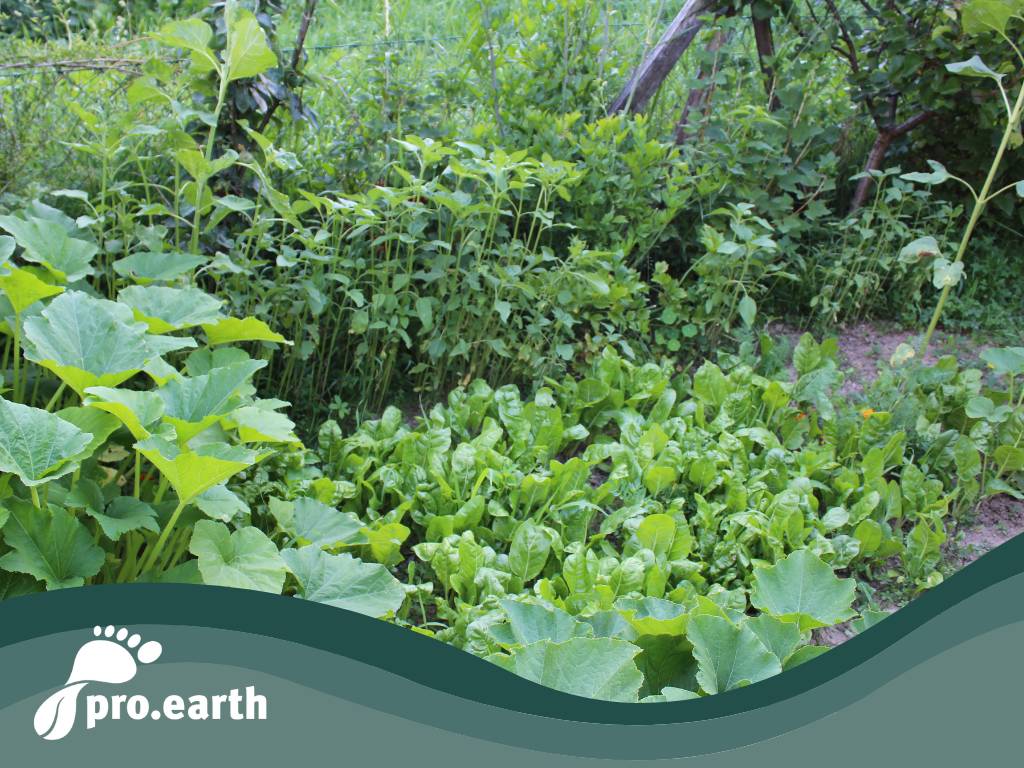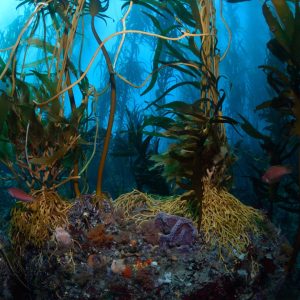The twelve basic principles of permaculture

The two Australians David Holmgren and Bill Mollison founded the culture of sustainable development, known as permaculture, in the 1970s. This way of thinking is based on twelve principles that we can apply to all areas of life. We #Beetschwestern are increasingly trying to incorporate these into our sustainable way of gardening and would therefore like to introduce them to you today.
1.principle: Observe and act
The first step is to study and understand natural systems and cycles in order to then create functioning natural cycles in the area to be designed, in this case the garden or patio, which regulate themselves and produce the resources we want to achieve.
2nd principle: Collect and store energy
This means using and preserving existing resources in the long term - as opposed to maximizing yields in the short term. Energy means all kinds of resources, such as solar energy, water, healthy soil and perennial plants.
3rd principle: Generate a return
A system that generates an income, profit or immediate return from the outset will grow healthier, be more likely to be copied and be more motivating than one that only generates a profit later.
Principle 4: Apply self-regulation and learn from feedback
In permaculture systems, many things are self-regulating and require as little work as possible. Positive processes should be recognized and promoted. The less we have to intervene in processes, the less likely we are to disrupt what is working.
Principle 5: Use renewable resources and services
Renewable raw materials such as plants, animals, living soil and water are preserved in the long term as long as we do not poison the source. We can therefore use them in the long term without harming the host.
Principle 6: Do not produce waste
The aim is to find ways to avoid environmental pollution and waste and to reuse and recycle materials as often as possible: refuse, reduce, reuse, repair, recycle.
Principle 7: Create patterns first and then details
While the first six principles deal with individual elements, the next six principles tend to look at the whole from a holistic perspective. Recognizing and understanding overarching patterns in nature is an important preliminary stage in the planning process. Here again, it is important to look to nature. That sounds a bit far-fetched, so here's an example: The division of the permaculture garden into different usage zones based on a center (e.g. the house) due to sunlight, etc. is one such planning pattern.
Principle 8: Integrate instead of exclude
A system is more than its parts. Many different elements that work together are better than a few that compete with each other. Elements of a system are arranged in such a way that each serves the requirements of the other elements and can absorb the products of the others. Here is an example: the "three sisters" corn, beans and pumpkin provide each other with nutrients and climbing aids.
Principle 9: Use small and slow solutions
In contrast to "bigger is better", permaculture assumes that things should be tackled on a small scale so as not to overburden oneself. In the long run, these solutions are more efficient and sustainable than big ones. That suits us very well.
Principle 10: Use and appreciate diversity
The greater the diversity, the lower the susceptibility to pests, dependence on seasons and market fluctuations and the loss in the event of a species failure.
Principle 11: Use marginal zones and estimate the marginal
Transition or edge zones are exciting areas where different conditions meet. Riverbanks, for example, are an edge zone, an exciting interface between water and land. Using these edge zones can make systems more productive and stable.
Principle 12: Use and respond creatively to change
Everything is changing. That's why our systems need to be flexible in order to be able to react to changes. This is the only way they can survive in the long term. For example, climatic changes make it possible to grow new crops






